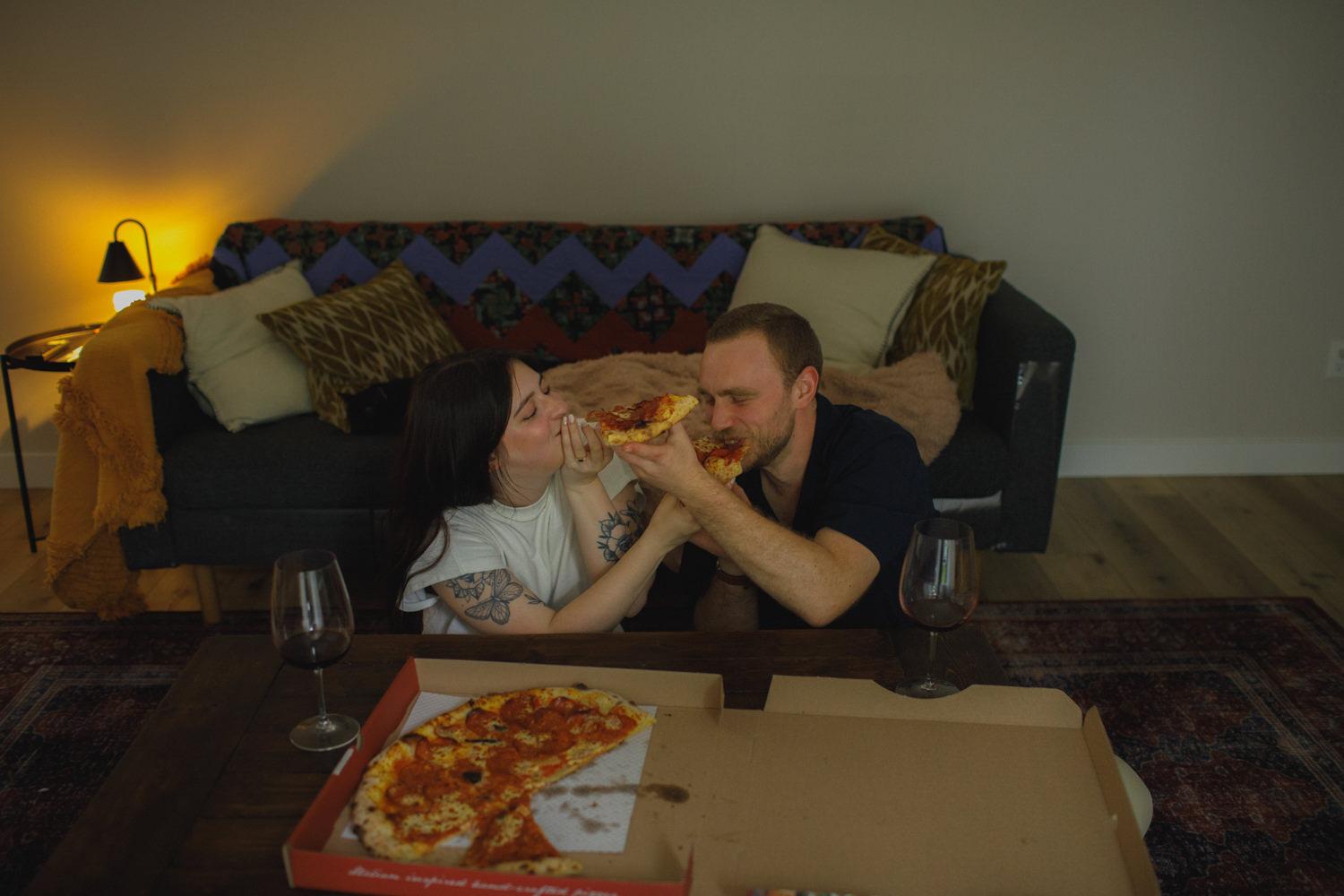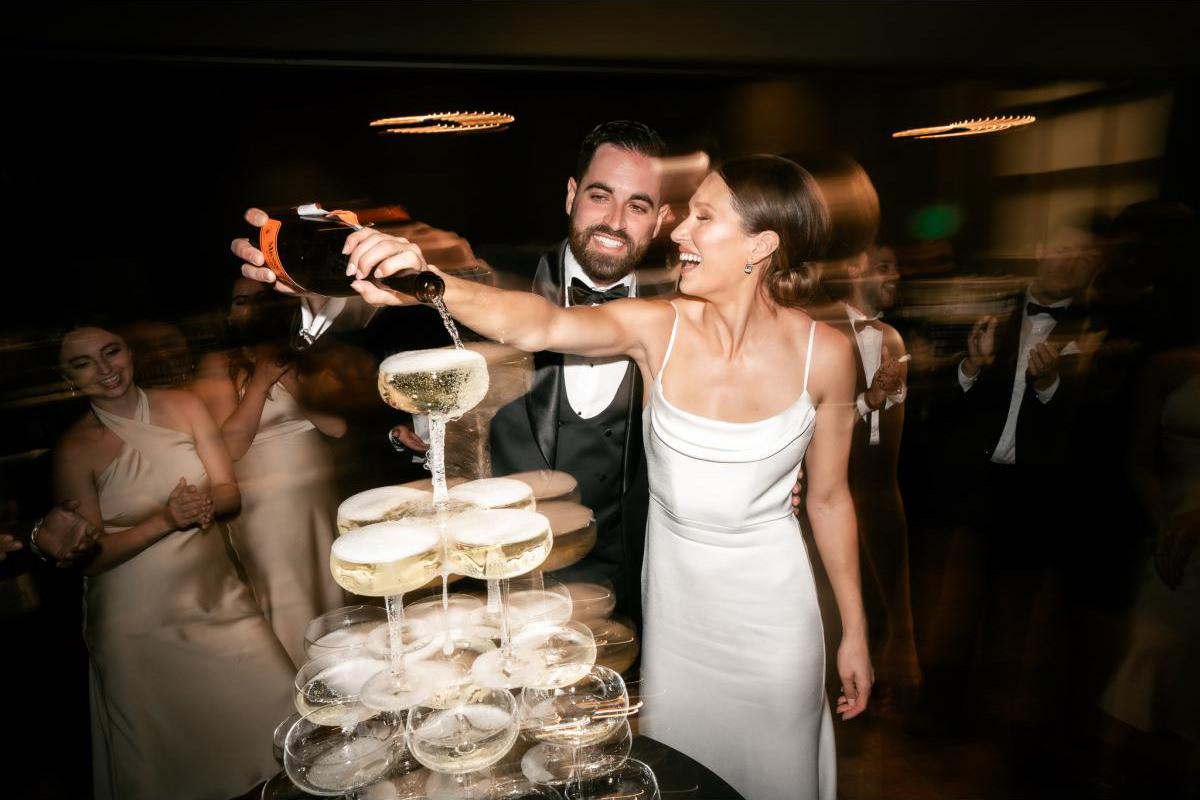You’re flipping through your wedding album and suddenly you’re crying. Or laughing. Or both. That’s not just sentimentality—it’s neuroscience.
Nostalgia isn’t just a warm, fuzzy feeling. It’s a powerful emotional state rooted in memory, identity, and connection. When triggered by wedding photographs, nostalgia can anchor us, soothe us, and even reshape how we see ourselves and our relationships.
Here’s how nostalgia works in the brain—and why wedding photos are such effective emotional shortcuts.

1. What Is Nostalgia, Really?
Nostalgia was once considered a psychological weakness—a kind of homesickness. Today, neuroscience shows it’s far more than that.
- Nostalgia activates a blend of memory, emotion, and self-awareness.
- It’s typically triggered by visuals, smells, music, or stories that reconnect us with a meaningful time or version of ourselves.
- In the brain, it activates regions tied to autobiographical memory, social connection, and reward processing (including the prefrontal cortex, hippocampus, and amygdala).
Nostalgia isn’t about returning to the past—it’s about feeling the meaning of the past in the present.
2. Why Wedding Photos Are a Direct Line to Nostalgia
Weddings are high-emotion events encoded deeply into memory. Photography captures the sensory richness of those moments.
Wedding photos trigger nostalgia by:
- Providing visual cues tied to identity milestones
- Activating the brain’s default mode network, responsible for reflection and imagination
- Encouraging narrative reconstruction—we look back and tell ourselves the story again, often more meaningfully than before
Even a single image can bring back dozens of layered associations, making wedding photos uniquely powerful nostalgia tools.

3. The Psychology of “Bittersweet” Emotion
Nostalgia is often a mix of joy and longing. This emotional complexity has a name: ambivalent affect.
Wedding photos can evoke:
- Gratitude for how far you’ve come
- Sorrow for people who were there but are now gone
- Wonder at the emotional intensity of the moment
- A renewed sense of love, connection, or commitment
This bittersweet blend makes the emotional experience more memorable—and more therapeutic.
4. Nostalgia Strengthens Relationships
Studies show that experiencing nostalgia:
- Increases feelings of social belonging
- Reinforces shared narratives in couples and families
- Helps people cope with loneliness, stress, and life transitions
Looking at wedding photos together can improve emotional closeness by helping couples:
- Revisit why they fell in love
- Celebrate how far they’ve come
- Anchor future challenges to a shared emotional foundation
That’s not just beautiful—it’s biologically regulating and mentally grounding.

5. Why Nostalgia Is Good for the Brain
Far from being a distraction, nostalgia provides real mental health benefits:
- Boosts positive mood and combats anxiety
- Increases self-continuity (your sense of being the same person over time)
- Encourages goal setting and hope for the future
- Reaffirms values, identity, and emotional priorities
Wedding photography, when it activates nostalgia, becomes a tool for emotional resilience and self-connection.
What This Means for Couples and Photographers
Photographers who understand nostalgia:
- Know that they’re capturing not just moments, but future emotional anchors
- Aim to preserve detail, nuance, and authenticity—not just aesthetics
- Recognize that even the smallest image might one day carry immense emotional weight
And couples who revisit their photos regularly aren’t just reminiscing—they’re refreshing the emotional foundation of their marriage.
Related Reading in This Series:
- The Neuroscience of Wedding Photography
- What Happens in the Brain on a Wedding Day?
- Why Photographs Trigger Memory (and Emotion) So Powerfully
- The Role of Oxytocin in Love, Touch, and Remembering
- Emotional Contagion and the Power of Facial Expressions
- The Photographer as Emotional Interpreter
- What the Brain Remembers vs. What the Lens Sees